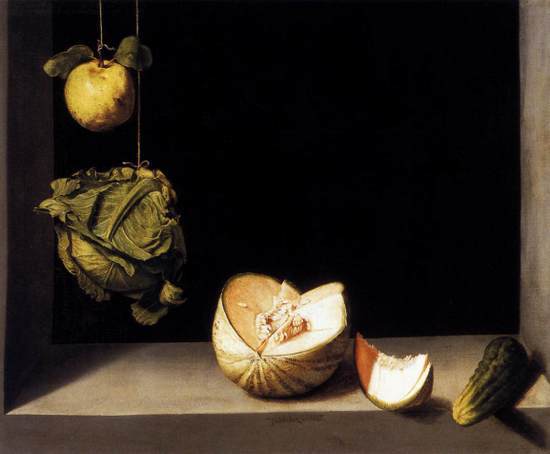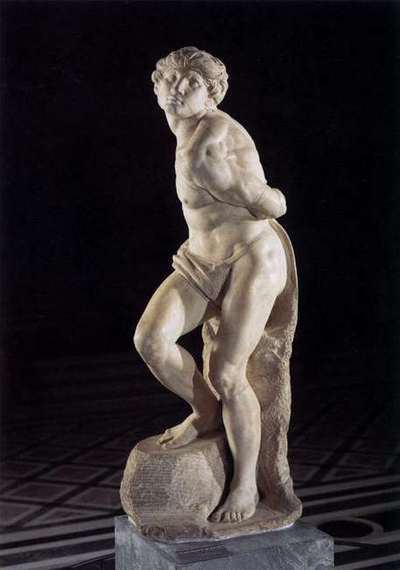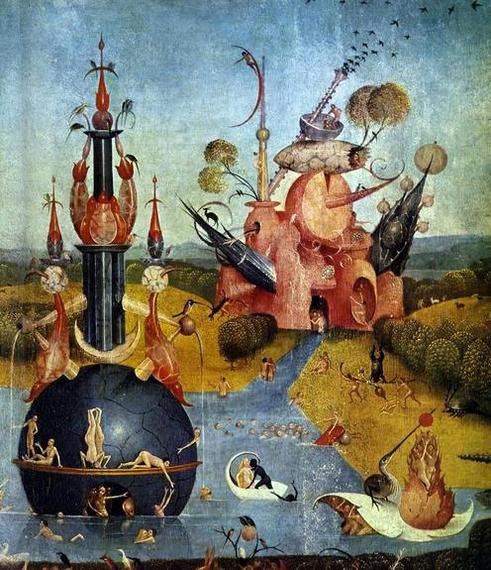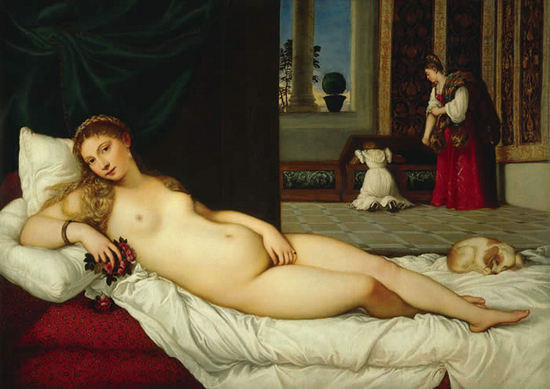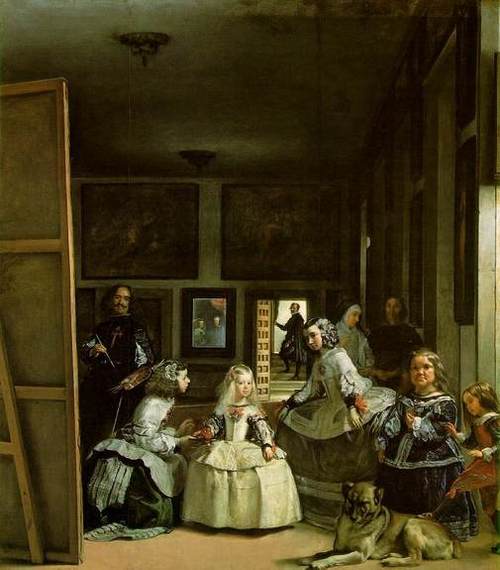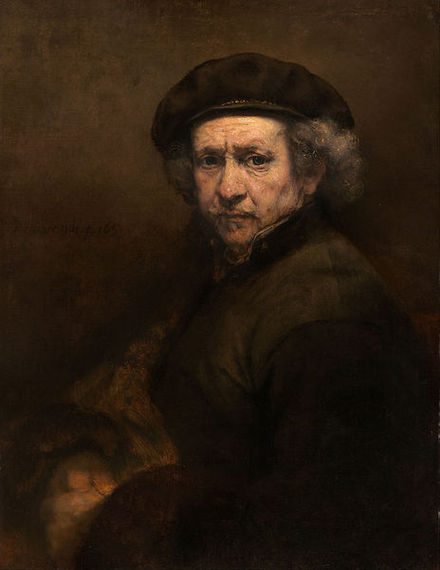To be successful as an artist in this day and age it is crucial that you justify your work as being contemporary. To be "contemporary" your work needs to be explained and justified in the language of postmodern theory. As works of art have evolved to require less skill in their making, artists have been become increasingly reliant on intellectual pedigrees substantiated by theory. Five hundred years ago, this wasn't a concern.
In fact, it strikes me that without the right kind of theoretical writing to validate their work many of the great artists of the past would be in real trouble in today's art world: can you get into an MFA program or a decent gallery without an artist's statement? I doubt it.
An Old Master working today would definitely need some strong postmodern language to support his/her "artistic practice." Here are some samples of the kinds of "Artist's Statements" that I think would be required of European Old Masters if they tried to get a show in New York or Los Angeles today.
Artist's Statements of the Old Masters
Juan Sánchez Cotán, Quince, Cabbage, Melon and Cucumber, 1602
The San Diego Museum of Art
"My work explores the temporal duality of objects/non-objects in a hegemonic space/non-space. Indeed, my fruit and vegetable simulacra juxtaposes pre-Marxist male/female homo/heterosocial redactions of materiality through recurring formal concerns."
-Juan Sánchez Cotán
Jean-Honore Fragonard, The Bathers, c. 1765, The Louvre
"By disrupting the implied heteronormative discourse of antediluvian mythology, my paintings imply a personal mythopoeic narrative that both transcends and embodies the male gaze. By investigating the callipygian forms of a complex homosocial nexus in an anti-Lacanian context I depict a multitude of redundant, overlapping and coded tasks and roles."
- Jean-Honore Fragonard
Michelangelo Buonarroti, The Rebellious Slave, The Louvre, 1513
"The pre-homoeroticized body forms both my field of action and the basis of my conceptual taxonomy. My sculptures explore both the flux of transfixable signifiers and their complimentary anecdotal formations. My choice of Carrara marble as a medium creates a dialectic between proto-Classical conceptions of idealized form and later Humanistic naturalism. Each figure's physical struggle is simultaneously inoperative and adjectival."
-Michelangelo Buonarroti
Hieronymus Bosch, detail of The Garden of Earthly Delights, c.1500, The Prado
"An implied quasi-theatrical sublimity in my work creates a tension between modes of engagement with internal and external realities. While attempting to bridge a rift in the continuum between metaphysics and narrativity I investigate a lexicon of parafictional erotic proclivities."
- Hieronymus Bosch
Titian, The Venus of Urbino, 1538, The Uffizi Gallery
"Woman, goddess, subject, object and signifier: Venus activates both the Utopian and Dystopian spaces of the Venetian Palazzo. By inducing an affirmative valence of feminine/objective lucidity Venus poses a question: has our tendency to privatize desire further affirmed or disenfranchised her archetypal significance?"
- Tiziano Vecellio
Diego Velázquez, Las Meninas, 1639, The Prado
"In addressing the collapse of personal autonomy and identity in an authoritarian/monarchist space I imply a multiplicity of didactic constructions and formations. By investigating the formal and informal withdrawal of the central and objective role of the "subject" I address and investigate the role of signifiers and their ontological suggestions. I also reverse and subjugate the traditional symbol of the dog ("Fido") into a subject/object reflection of the hierarchical and appropriated role of the artist in a Catholic/Baroque social construct."
- Diego Rodríguez de Silva y Velázquez
Rembrandt Van Rijn, Self-portrait with Beret and Turned-up Collar, 1659
The National Gallery of Art, Washington, D.C.
"Life etches itself onto our faces as we grow older, showing our violence, excesses or kindnesses."
- Rembrandt Van Rijn
OK: I had to slip that in there.
That is what an actual artist's statement sounds like...
* * *

